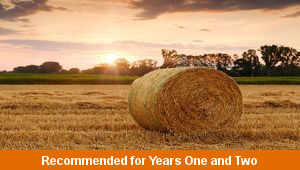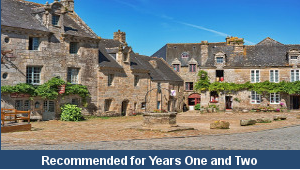Lesson Four – Number Building

This maths teaching pack for Key Stage One gets the children to select and combine different sets of tens and ones to build a range of numbers to fifty to indicate the place of their numerical digits.
The class can model how to use pictorial diagrams to illustrate and record how the sets of tens and ones can be combined together to make each of the identified numbers.
Download this teaching pack including a lesson plan, classroom activities and an interactive presentation to select and combine different sets of tens and ones to build a range of numbers to fifty to indicate the place of their numerical digits
Activities in this teaching pack include worksheets to select and record combinations of tens and ones that can be used to build different numbers to fifty and a template to record the combinations of tens and ones that they have identified to show the numbers that have been created.
The interactive presentation gets the children to explore how to combine sets of tens and ones to build different numbers to fifty.
This lesson is part of a maths scheme of work to get the children to count, record and compare different numbers to fifty by their place value of their digits for tens and ones using concrete equipment and diagrams to model number values. There are teaching activities for shared learning, differentiated worksheets to support independent learning and interactive presentations to introduce concepts and key skills.
-

Harbour Labels
Practise structuring and formatting different word processed documents to describe a range of ships and boats seen in a harbour
-

Islam
Explore and illustrate some of the different stories, beliefs and practices of the Islamic religion including special festivals and sacred texts
-

Farm Prints
Practise and demonstrate different techniques when printing a range of shapes and patterns that can reflect themes and ideas related to farming
-

Towns and Villages
Identify, describe and compare some of the changes to different buildings that have occurred in the school neighbourhood over time
